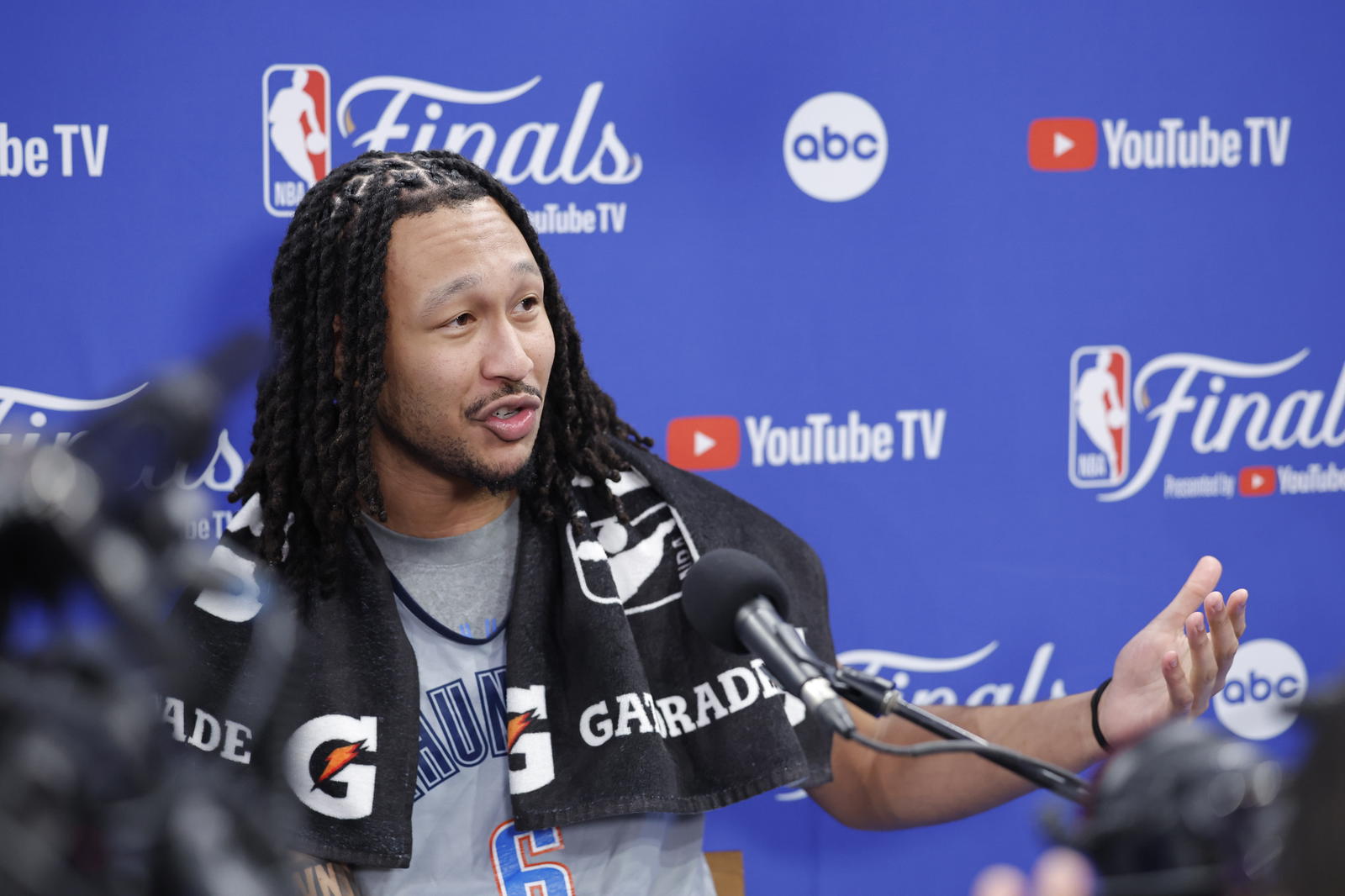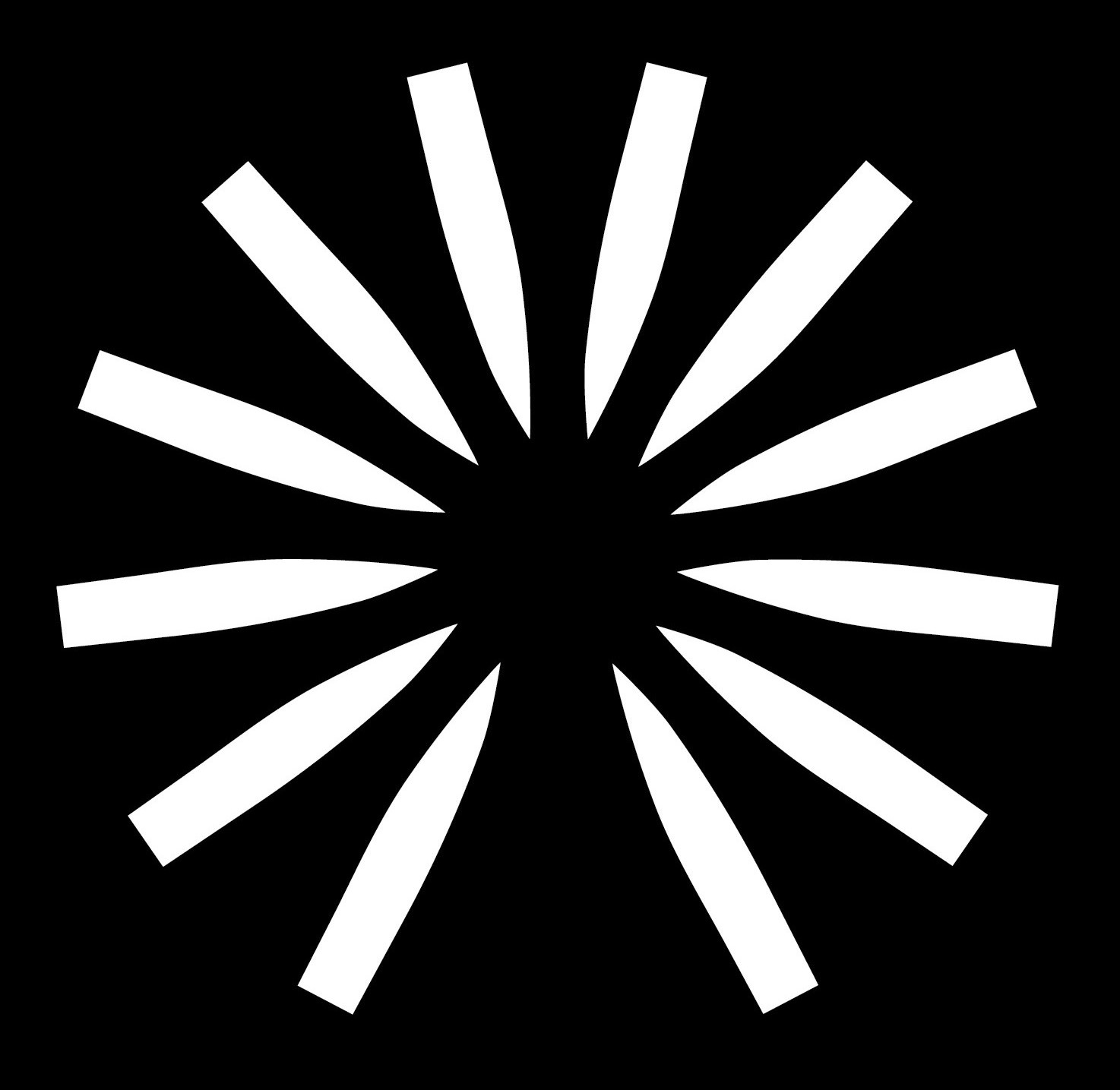

Jaylin Williams’ defense on Nikola Jokic was the boost Oklahoma City needed to get past Denver, and Sam Presti rewarded Williams with a three-year contract this offseason.
He has cemented himself as a quality center off the bench, but there is starter potential if Williams addresses certain areas.
Rim Protection
The Arkansas product handles himself quite well in space, and he’s difficult to move on the blocks. Below-the-rim players are his specialty, which is why he was relatively effective against Jokic.
Unfortunately, Williams is an undersized center at 6-foot-10 with a 7-foot-1 wingspan, and he cannot jump out of the gym. Being a true anchor big man who meets opponents at the rim and erases layups is realistically out of his reach.
But just because Williams will never be a shot-blocker, that doesn’t mean he’s unable to protect the hoop – the name of the game for Williams is rim deterrence. He has to stop the play before it happens.
What does this involve? Williams needs to hone his anticipation on pick-and-rolls and step up on drives and cuts quicker as a help defender. He must be in the right place at the right time because, unlike Chet Holmgren, there is no recovery block available as an option.
In other words, Williams must diagnose the play before the snap like Tom Brady since he cannot scramble like Lamar Jackson when chaos occurs.
This takes time and a ton of reps, but Williams is smart enough to get there at an elite level.
Offensive Versatility
Williams excels at orchestrating dribble handoffs, and the Thunder derive value from his pick-and-pops and catch-and-shoot triples. These are clear offensive strengths for the big man, but there is not much else in his offensive toolkit.
Developing as a playmaker and scorer out of short rolls would greatly enhance Williams’ versatility since defenders must then account for the possibility that he actually attacks the basket.
Now, there is merit to the idea that Williams should stick to his strengths by staying around the arc because his limited playing time means counters are not as important. But it would not hurt him to become a more well-rounded offensive player.
Free Throws
It’s understandable that Williams rarely gets to the charity stripe because his shot diet mainly consists of triples. He could use a small bump in efficiency, though.
Williams is a career 75.2% free-throw shooter during the regular season, and he drops to 60% in the playoffs. One never knows when a role player may need to hit a crucial pair of free throws, so Williams sharpening this skill is a small yet worthwhile upgrade.
 3 Areas of Improvement for Cason Wallace Heading Into 2025-26 Season
Cason Wallace built on his rookie year by becoming one of the better perimeter defenders in the NBA last season. Only Dyson Daniels and Kris Dunn beat Wallace’s steal percentage among qualified players, and the young Thunder guard held isolation scorers to a mere 0.7 points per possession.
3 Areas of Improvement for Cason Wallace Heading Into 2025-26 Season
Cason Wallace built on his rookie year by becoming one of the better perimeter defenders in the NBA last season. Only Dyson Daniels and Kris Dunn beat Wallace’s steal percentage among qualified players, and the young Thunder guard held isolation scorers to a mere 0.7 points per possession.
